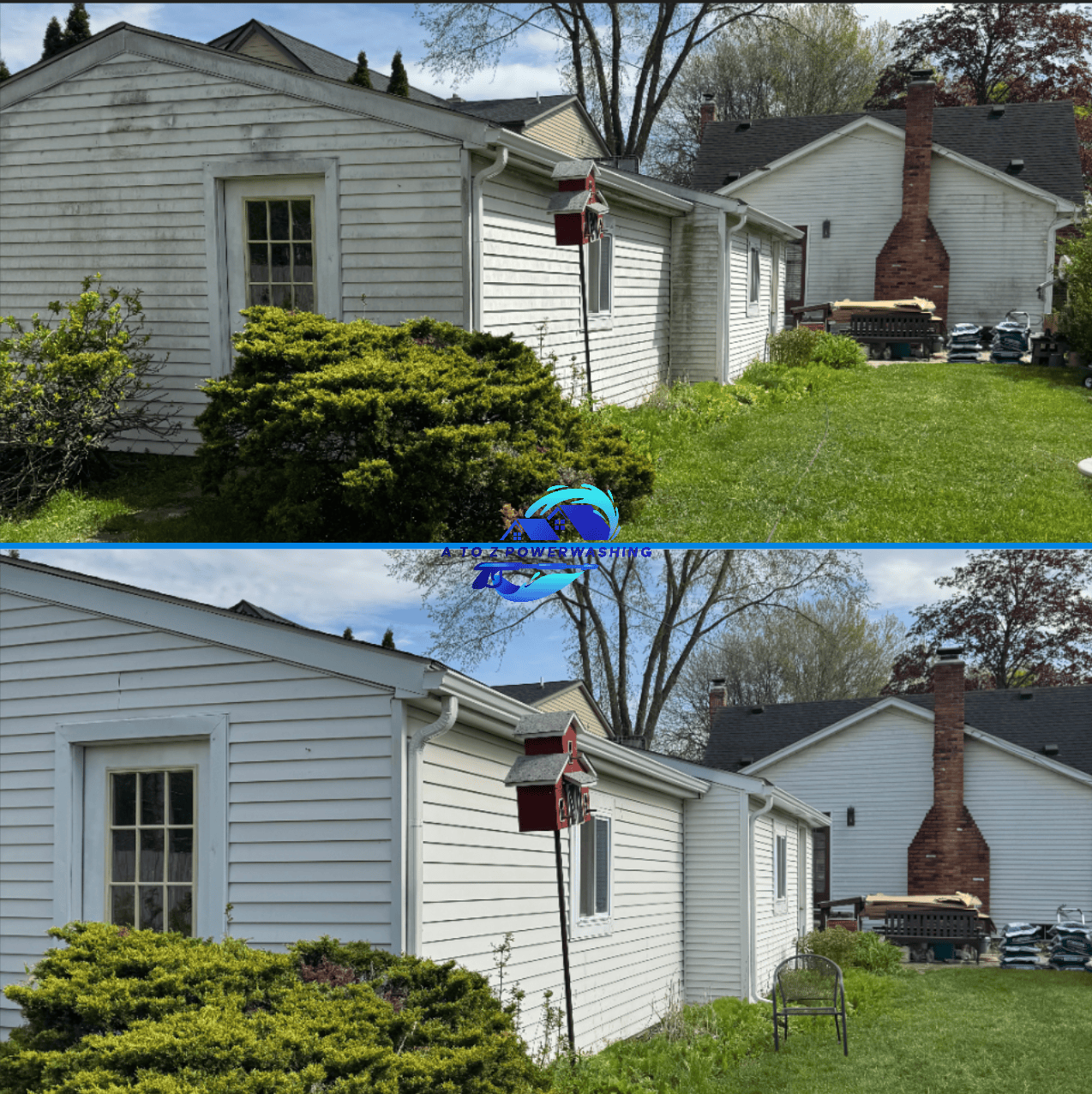Guide to Power Washing Your Home in the Winter
Winter power washing requires special considerations and techniques to ensure safe and effective cleaning. This guide covers how to power wash your home during cold weather months, along with important safety considerations.
Understanding Winter Power Washing Challenges
Winter power washing presents unique challenges including freezing temperatures, shorter daylight hours, ice formation, and the risk of water freezing on surfaces. Understanding these challenges helps you plan and execute winter cleaning safely.
When Winter Power Washing is Possible
Power washing can be performed in winter, but only under specific conditions:
- Daytime temperatures must be above 32°F (preferably 40°F or higher)
- No precipitation or freezing rain in the forecast
- Calm wind conditions
- Adequate daylight hours for completion
- Surfaces should be dry and free of ice
Step-by-Step Winter Power Washing Guide
1. Check Weather Conditions
Before starting, check the weather forecast for the next 24-48 hours. You need:
- Temperatures above freezing during and after cleaning
- No precipitation expected
- Calm winds (under 15 mph)
- Clear or partly cloudy skies
If temperatures will drop below freezing within 24 hours, postpone the cleaning.
2. Choose the Right Time of Day
In winter, timing is crucial:
- Start early in the day when temperatures are warmest
- Aim to finish by mid-afternoon to allow surfaces to dry before evening
- Avoid early morning cleaning when surfaces may be frozen
- Plan for shorter daylight hours - you may need multiple days
3. Prepare Surfaces
Before power washing, prepare surfaces properly:
- Remove any ice or snow from surfaces
- Check for frozen areas that need to thaw first
- Clear walkways and work areas of ice for safety
- Ensure gutters and downspouts are clear of ice
4. Use Warmer Water
If your pressure washer supports heated water, use it in winter. Warmer water:
- Helps prevent freezing during cleaning
- More effectively removes dirt and grime
- Reduces the risk of ice formation
If you don't have heated water capability, work quickly and in smaller sections.
5. Work in Smaller Sections
In winter, work in smaller sections than you would in warmer weather:
- Clean one wall or area at a time
- Rinse immediately after applying cleaning solution
- Don't let water sit on surfaces
- Move quickly but carefully
6. Adjust Your Technique
Modify your technique for winter conditions:
- Use slightly higher pressure to compensate for colder water
- Maintain closer distance to surfaces (8-12 inches instead of 12-18)
- Work faster to prevent water from freezing
- Rinse more thoroughly to remove all water
7. Protect Against Freezing
Take steps to prevent water from freezing:
- Add antifreeze to your pressure washer if recommended by manufacturer
- Work when temperatures are at their warmest
- Rinse surfaces thoroughly to remove standing water
- Consider using a squeegee to remove excess water from flat surfaces
8. Monitor Conditions During Cleaning
Continuously monitor weather and surface conditions:
- Watch for temperature drops
- Check for ice formation on surfaces
- Stop immediately if conditions become unsafe
- Have a plan to finish quickly if weather changes
9. Post-Cleaning Care
After cleaning, take extra care:
- Ensure all water is removed from surfaces
- Check for any ice formation and remove it
- Inspect for damage that may have occurred
- Store equipment properly to prevent freezing
Safety Considerations for Winter Power Washing
- Wear appropriate cold weather gear (non-slip boots, warm clothing)
- Be extra cautious on icy surfaces
- Use proper ladder safety (ladders can be slippery when wet)
- Take frequent breaks to warm up
- Stay hydrated despite cold weather
- Work with a partner for safety
When to Avoid Winter Power Washing
Don't attempt winter power washing if:
- Temperatures are below 32°F or will drop below freezing
- Ice or snow is present on surfaces
- Precipitation is expected
- High winds are present
- You don't have proper equipment or experience
Pre-Winter Cleaning: A Better Alternative
Fall power washing before winter arrives is often more effective than winter cleaning. Removing dirt, mold, and debris before cold weather prevents these contaminants from becoming embedded during freeze-thaw cycles. Consider scheduling your annual cleaning in late fall rather than winter.
When Professional Winter Services Make Sense
Winter power washing can be challenging and risky. Professional house washing services are often the better choice during winter months because:
- We have experience with winter conditions and techniques
- We monitor weather conditions and schedule appropriately
- We have equipment designed for cold weather operation
- We understand how to prevent freezing and damage
- We can complete the job efficiently in limited daylight hours
Professional Winter Power Washing with A to Z
If you need winter power washing but prefer to leave it to the professionals, A to Z Power Washing offers house washing services year-round. Our experienced technicians understand winter cleaning requirements and use techniques that prevent water from freezing on surfaces.
We carefully monitor weather conditions and schedule services for optimal timing. Our equipment and expertise allow us to safely and effectively clean your home even during colder months, ensuring you don't have to wait until spring for a clean exterior.
Contact A to Z Power Washing at (248) 325-8358 or request a free quote to learn more about our professional winter house washing services.

